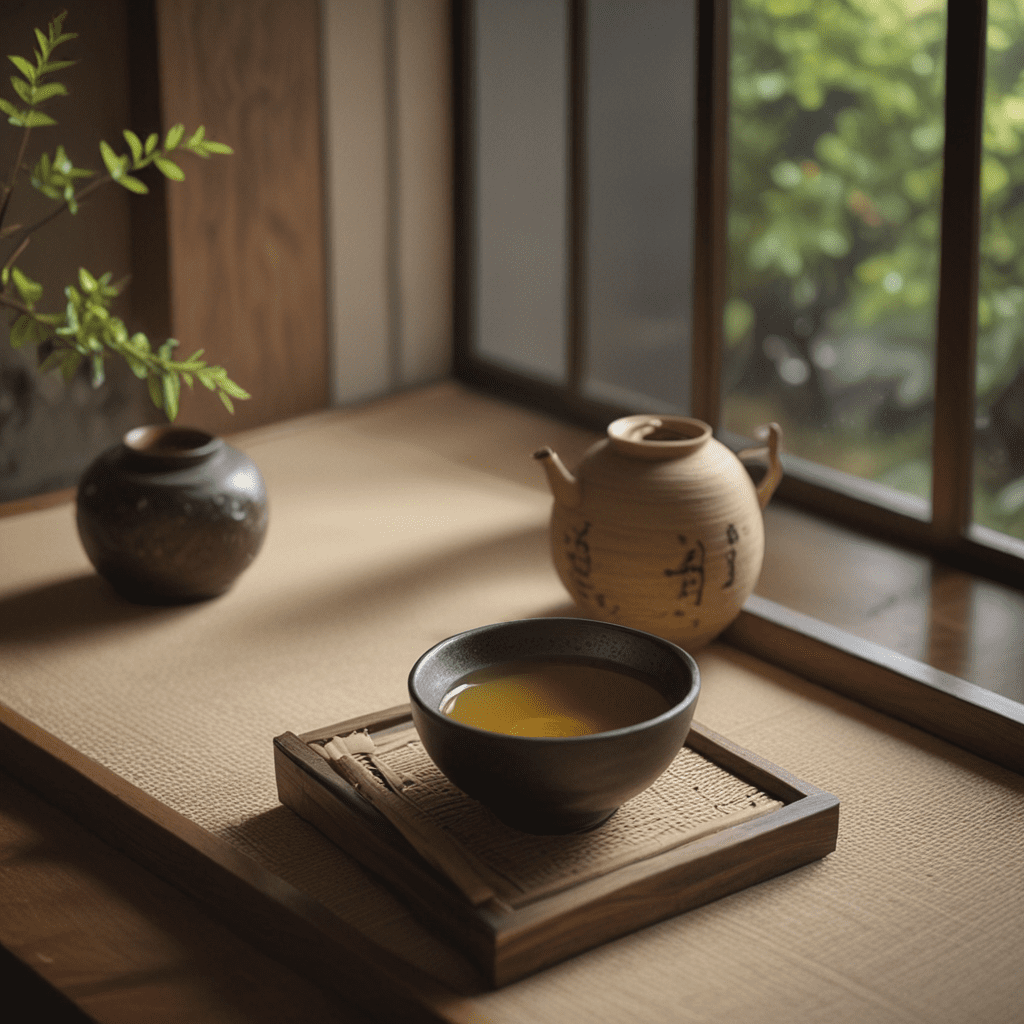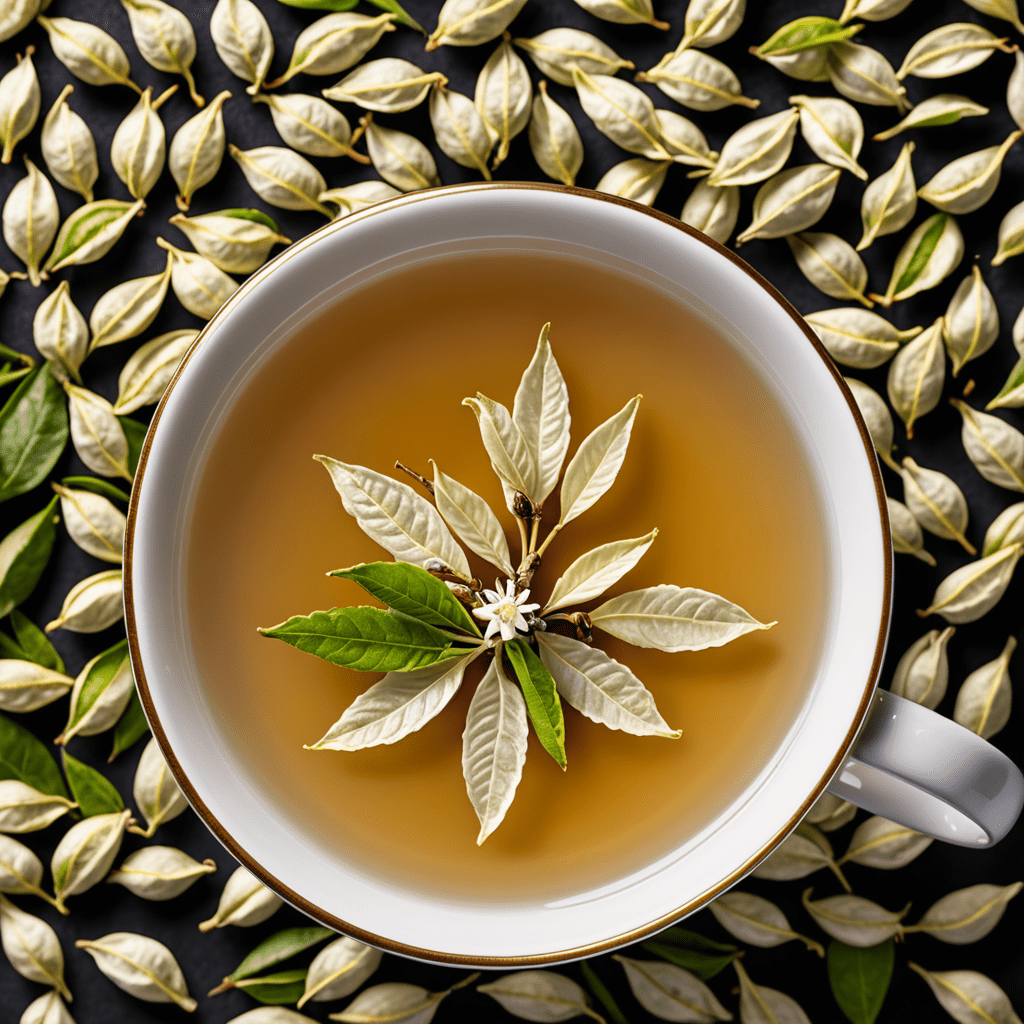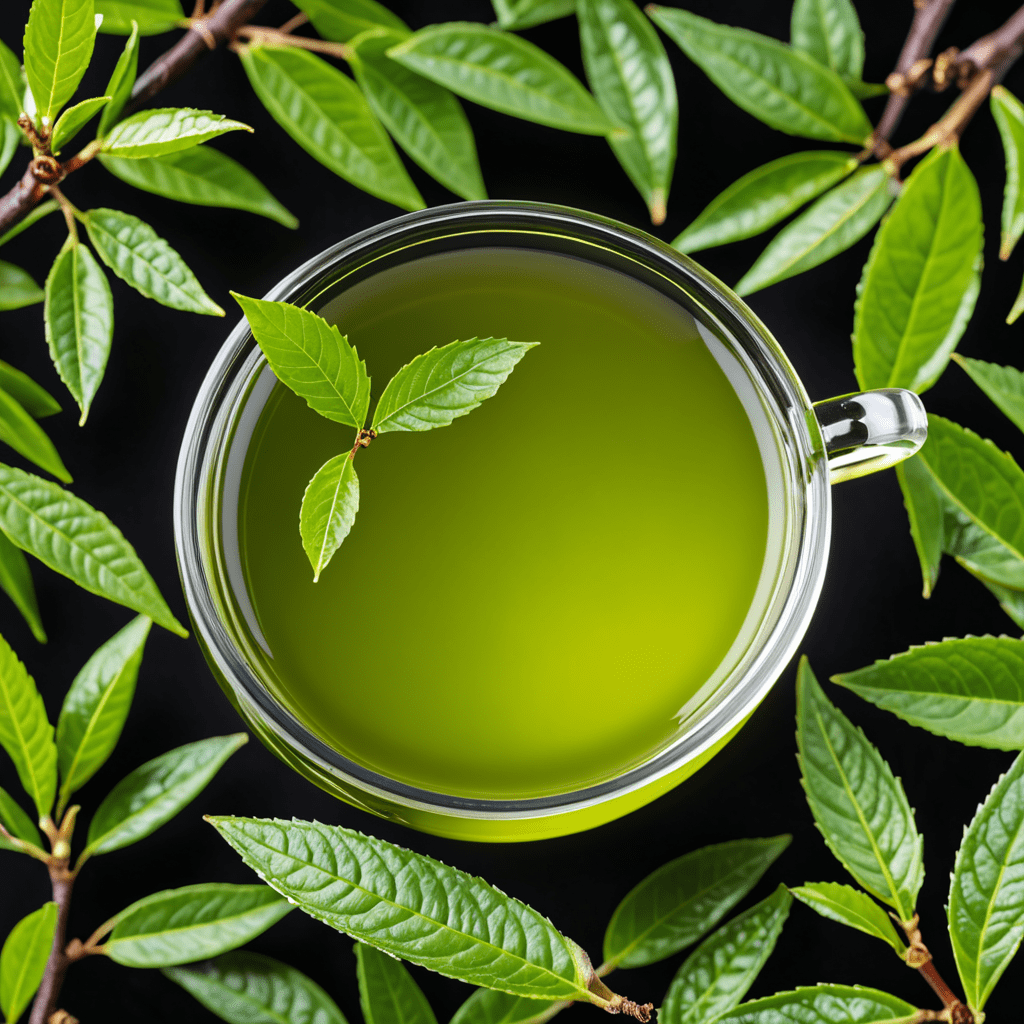I. Introduction
A. Definition of Tea Consumption
Tea consumption refers to the act of drinking tea, a popular beverage made from the Camellia sinensis plant. The preparation and consumption of tea vary widely across cultures, with different methods and traditions influencing the overall experience.
B. Significance of British Colonial History
British colonial history played a profound role in shaping the global landscape of tea consumption. Through exploration, trade, and colonization, the British Empire introduced tea to various parts of the world, influencing local cultures and economies. Understanding the historical context of tea consumption is crucial for appreciating its cultural and economic significance today.
C. Thesis Statement
This paper will explore the historical influence of British colonialism on tea consumption, examining the introduction of tea to Britain, its rise as a symbol of British identity, the expansion of tea consumption during colonialism, the impact of tea on colonial societies, and the enduring legacy of British colonialism on tea consumption in the modern world.
II. The Arrival of Tea in Britain
A. Introduction of Tea by the East India Company
The introduction of tea to Britain in the 17th century by the East India Company marked a significant turning point in the country's beverage history. Initially, tea was considered a luxury item enjoyed by the wealthy elite, but its popularity gradually spread throughout society.
B. Initial Challenges and Growth in Popularity
Initially, tea faced challenges due to its high price and unfamiliar taste. However, the East India Company actively promoted tea consumption through marketing campaigns and by establishing teahouses. As tea became more accessible and affordable, its popularity soared.
C. Impact of the Boston Tea Party
The Boston Tea Party in 1773, a pivotal event in the American Revolution, further fueled tea consumption in Britain. The British government's attempt to impose taxes on tea sparked protests and boycotts in the colonies, leading to a surge in tea consumption within Britain itself.
VI. The Legacy of British Colonialism on Tea Consumption
A. Continued Popularity of Tea in Former Colonies
The legacy of British colonialism on tea consumption is evident in the continued popularity of tea in many former British colonies. Countries like India, Sri Lanka, Kenya, and Australia have thriving tea industries and deeply rooted tea cultures.
B. Evolution of Tea Culture and Traditions
While British colonial influence played a significant role in introducing tea to these regions, local cultures have adapted and evolved tea traditions to reflect their unique identities. For example, masala chai in India, Ceylon tea in Sri Lanka, and Kenyan black tea are all distinct variations that showcase the diversity of tea culture across former British colonies.
C. Ethical Considerations and Fair Trade Practices
The history of tea cultivation during colonialism was often marked by exploitation and unfair labor practices. Today, there is a growing awareness of ethical considerations and fair trade practices in the tea industry. Consumers are increasingly seeking out teas that are sourced responsibly and support sustainable farming practices.
VII. The Global Tea Trade Today
A. Major Tea-Producing and Consuming Countries
China remains the world's largest tea producer, followed by India, Kenya, and Sri Lanka. The top tea-consuming countries include China, India, Turkey, the United Kingdom, and Russia. Tea consumption continues to grow in emerging economies, driven by factors such as rising disposable incomes and urbanization.
B. The Impact of Globalization on Tea Consumption
Globalization has facilitated the spread of diverse tea cultures and varieties worldwide. Specialty tea shops, online retailers, and tea festivals have emerged, offering consumers a wider range of choices and experiences. The internet has also played a significant role in connecting tea producers directly with consumers, promoting transparency and traceability in the supply chain.
C. Emerging Trends and Innovations
The global tea industry is witnessing exciting innovations, including new tea blends, cold brew teas, and ready-to-drink tea options. Functional teas infused with herbs and botanicals are also gaining popularity, reflecting a growing interest in health and wellness. Additionally, sustainable packaging and environmentally friendly practices are becoming increasingly important for tea producers and consumers alike.
VIII. Conclusion
A. Summary of the Influence of British Colonial History
British colonialism had a profound and lasting impact on the global landscape of tea consumption. The introduction of tea to Britain, its rise as a symbol of British identity, and its expansion during colonialism shaped tea cultures and economies worldwide.
B. The Enduring Legacy of Tea Consumption
The legacy of British colonialism on tea consumption continues to be felt today in the continued popularity of tea in former colonies, the evolution of tea cultures, and the growing awareness of ethical considerations in the tea industry.
C. Looking Ahead to the Future of Tea
The future of tea is bright, with ongoing innovations, emerging trends, and a growing global market. As tea continues to evolve and adapt to changing consumer preferences, its rich history and cultural significance will undoubtedly continue to inspire and captivate tea lovers worldwide.
IX. References
[Include a list of relevant and credible references here.]
X. Further Reading
[Provide a list of additional resources for readers who want to learn more about the topic.]
FAQ
1. What are the health benefits of tea?
Tea contains antioxidants and other beneficial compounds that may offer various health benefits, including reducing the risk of heart disease, cancer, and cognitive decline.
2. How much tea should I drink per day?
The recommended daily intake of tea varies depending on individual factors such as age, health status, and caffeine sensitivity. Generally, moderate consumption of 3-5 cups of tea per day is considered safe for most adults.
3. What are the different types of tea?
There are numerous types of tea, each with its unique flavor, aroma, and caffeine content. Some popular varieties include black tea, green tea, white tea, oolong tea, and herbal tea.
4. How do I choose the right tea for me?
Consider your personal preferences, health goals, and caffeine sensitivity when selecting a tea. Experiment with different types and brewing methods to find teas that you enjoy.
5. Where can I buy quality tea?
Specialty tea shops, online retailers, and some supermarkets offer a wide range of high-quality teas. Look for reputable sources that provide information about the origin, processing, and sustainability practices of their teas.
[Include additional FAQs as needed.]



